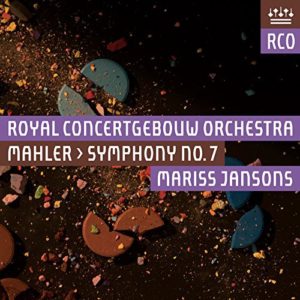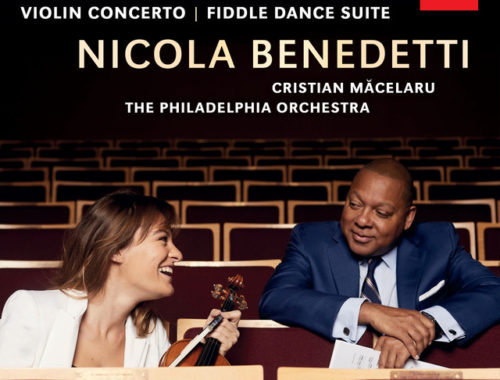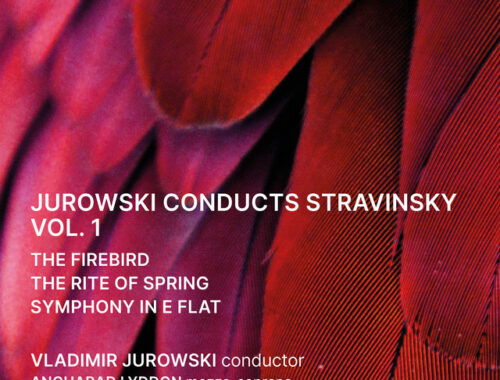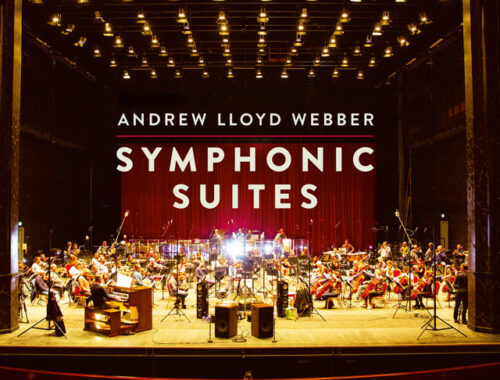GRAMOPHONE Review: Mahler Symphony No. 7 – Royal Concertgebouw Orchestra/Mariss Jansons
 I barely recognise the symphony I know and love as being wild and wonderful, elemental, fantastical, startling, from this beautifully executed (well it is the Royal Concertgebouw) but oddly sanitised performance. It’s as if health and safety have had a hand in its rehabilitation. All that is awkward and/or dangerous has been made safe, rough edges made smooth, rhythms and sforzandi blunted. The huge variety of orchestral colour contained within the piece has been homogenised into something uniformly lush but anonymous. The effect is merely cosmetic.
I barely recognise the symphony I know and love as being wild and wonderful, elemental, fantastical, startling, from this beautifully executed (well it is the Royal Concertgebouw) but oddly sanitised performance. It’s as if health and safety have had a hand in its rehabilitation. All that is awkward and/or dangerous has been made safe, rough edges made smooth, rhythms and sforzandi blunted. The huge variety of orchestral colour contained within the piece has been homogenised into something uniformly lush but anonymous. The effect is merely cosmetic.
The originality of the opening with its gruff tenor tuba over eddying strings is here compromised by the altogether too lovely and mellowed sound of the solo and a manner too cultured by half. With contours softened and rhythms sluggish (unusual for Jansons) this whole first movement begins to sound lugubrious as opposed to atavistic. Precious little is made of tempo contrasts – indeed contrasts in general – and because the sound is so uniformly warm and inviting the contrast of that marvellous middle section where we are wafted to higher regions does not stand apart from what enfolds it. Note, too, Jansons’ precious phrasing of the lovely second subject on its first appearance, every rubato and hairpin calculated to the nth degree. Even the brash and brassy paganistic procession of the coda sounds woolly to me.
The two Nachtmusiks bring the kind of ravishment you would expect from this orchestra (especially the first horn) – but the characterisation is bland and the music’s other-worldly mystique is nowhere. As for the central scherzo – spooky as they come – nothing truly goes bump in the night and all its grotesque grunts and guffaws and “boo” effects (including the snap-pizzicato in lower strings which is the loudest dynamic in the piece) are far too polite.
The finale’s “apotheosis of the dance” is nothing if not throughly audacious and this must be the dullest performance I’ve ever heard in terms of its characterisation (always so crucial in Mahler). It’s like it’s been reprimanded for bad behaviour and all its raucousness taken in hand. Rarely does the opening timpani and trumpet-led tattoo fail to excite – but super-incisive this is not (the timpanist sounds way too casual about his big moment). Even the spectacular coda – and especially its thrilling final crescendo – goes for nothing.
Whatever this is, it isn’t Mahler 7.
You May Also Like

GRAMOPHONE Review: Marsalis Violin Concerto/Fiddle Dance Suite – Nicola Benedetti, Philadelphia Orchestra/Măcelaru
14/08/2019
GRAMOPHONE Review: Jurowski Conducts Stravinsky Vol 1 – Angharad Lyddon, London Philharmonic Orchestra/Jurowski
02/10/2022

